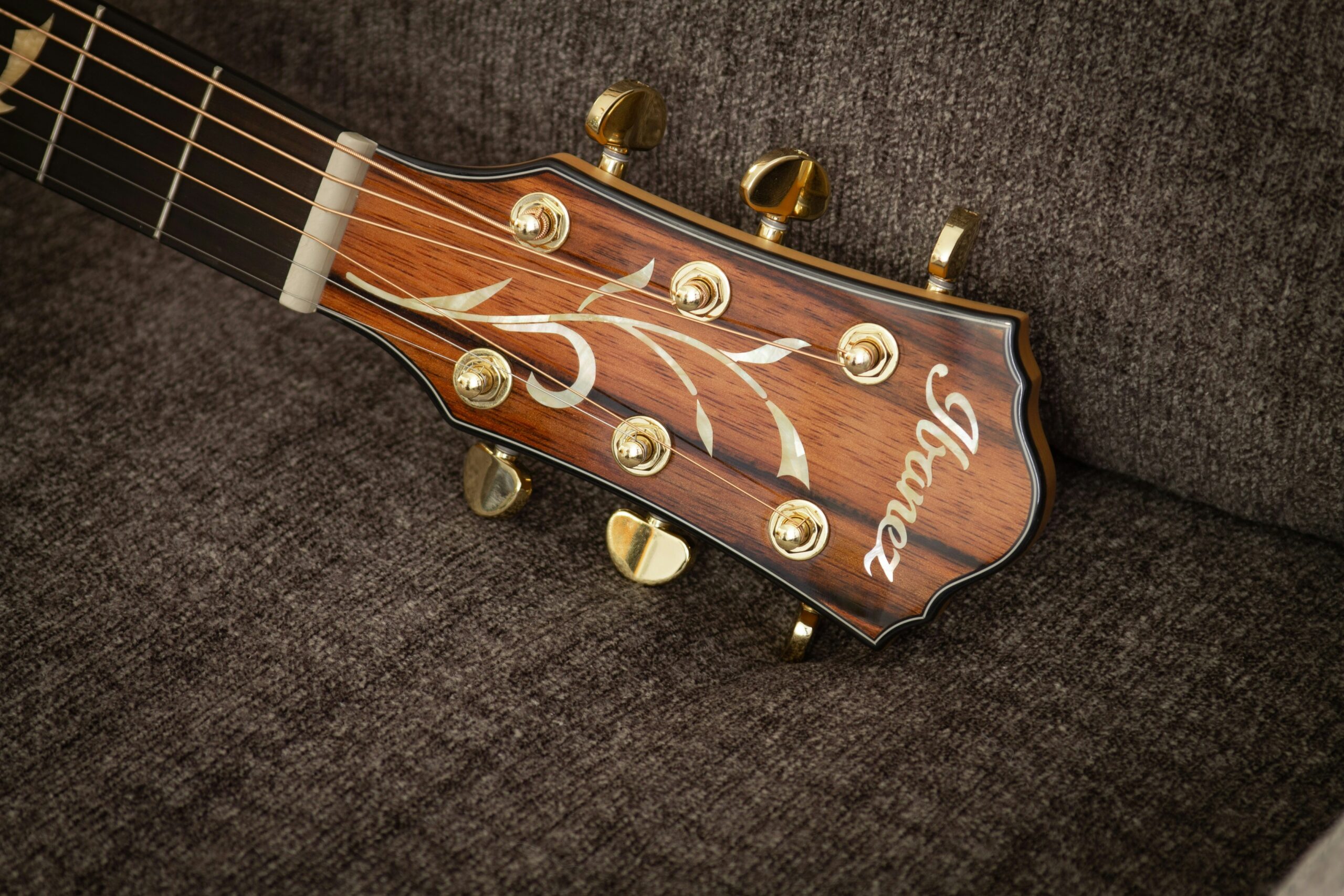Ibanez has a long and storied history as one of the premier guitar brands on the planet.
Steve Vai is a guitar virtuoso, and one of the best instrumental rockers of all time.
When the two came together in the 1980s, it was surely a match made in heaven. Vai worked with Ibanez to create revolutionary new guitars that would help propel the company forward and even help create a new genre of music.

But how exactly did Steve Vai end up collaborating with Ibanez to create the iconic, longstanding JEM lineup of electric guitars?
If you want something done right…
As a 20-year-old, a young Steve Vai had begun his professional music career (after learning from the master, Joe Satriani), by joining Frank Zappa’s band.
Up to that point in time, Steve had been a Stratocaster player, but he didn’t really like the way the Fender guitars sounded. He preferred the humbucker sound from a Les Paul, but he didn’t feel the look of the Gibsons was right, either.
After joining Frank Zappa, he began to learn about innovation. Zappa himself would heavily modify his own guitars to get the kind of playability and sounds he wanted out of them. Vai also observed as the new “superstrats” began to appear in the wild, especially EVH’s Frankenstrat.
That was when Vai realized that he could have any guitar he wanted; he just had to do it himself.
The proto-JEMs
He immediately began working with local guitar shops to create the instrument he wanted to play. First and foremost, he wanted 24 frets on the neck, with the last four frets scalloped. Second, he wanted a more angular, stark Strat-style body, complete with deep cutaways to allow access to all of his new upper frets.
The finished products were four proto-JEM models, although “finished” should be in quotes. He still heavily modified them over time. The most unusual mod he performed involved the tremolo system. Like many guitarists at the time, he used a Floyd Rose system, but he didn’t like the fact that he could only bend the notes down — not up. Not one to be deterred, Steve took a hammer and a screwdriver and beat down the wood underneath the tailpiece until they were no longer touching. Vai had invented, however crudely, the first floating tremolo system.
He also experimented heavily with the guitars’ electronics — presumably without using a hammer — until he found a combination of pickups and controls he liked: DiMarzio humbuckers and a five-way switch that included a coil-split option.
Now he had a guitar that he was satisfied with — one that could do and play the things he wanted to do and play.
A match made in heaven
He next wondered if perhaps other guitarists would want to play a guitar like his. After all, if he was satisfied with it, then maybe other people would be too.
He sent his design to a number of guitar companies, but what he got back were just their own stock guitars with some minor tweaks — not his guitar.
Unbeknownst to Steve Vai, the Ibanez company was scheming. They, like Vai, had seen the ascension of the superstrat and wanted to get in on the action. Although they had some significant artist endorsements, they didn’t have a ringer. What they wanted was their own version of Eddie Van Halen. They knew exactly who that was too: Steve Vai.
They reached out to him about the same time he was shopping his guitar around at the major brands. They sent him a guitar with some educated guesses about what Vai would want. In response, Vai sent them his prototype guitar and said, “No, make this.”
And they did.
The JEM is born
Within three weeks, Steve had an Ibanez in his hands that exactly matched the specs on his own guitar. Steve would later recall about the instrument, “That was the guitar. It was just a killer machine.”
Thus began the partnership between Ibanez and Vai that resulted in the JEM series of guitars that are still being made 30 years later.
The JEM has featured many unique characteristics over the years. From the floral design on the fretboard to the day-glo colors, a JEM is often easy to pick out of a guitar lineup.

At one point, they made a model called the “DNA” that had Steve’s actual blood(!) mixed in with the paint.
They also released a floral-finish JEM that was based on the pattern of the virtuoso guitarist’s living room curtains.
The Ibanez JEM has become a very good-selling guitar for the company. Sales have always been strong for the line, but when they released a lower-end version called the RG, the numbers took off. The RG has sold similar numbers as Gibson’s Les Pauls and only trails the Stratocaster in terms of pure numbers.
But why the monkey grip?
There is one question, however, that still needs to be answered. One of the most obvious characteristics of the JEM guitar is the handle cut out of the upper bout — the so-called “monkey grip.” What purpose does it serve? Why did Vai insist on this feature being included on his guitar?
It turns out, the monkey grip has absolutely no function. It is there for one reason, and one reason alone: to stop other companies from ripping off his design.
Steve knew that other companies would likely “borrow” many of his innovations on the JEM, so he decided to add one element that no one would copy because doing so would be too obvious — thus the monkey grip was born.



